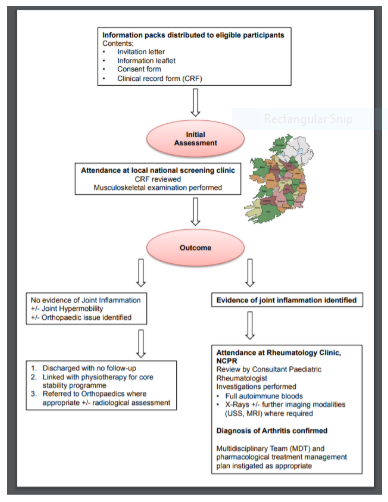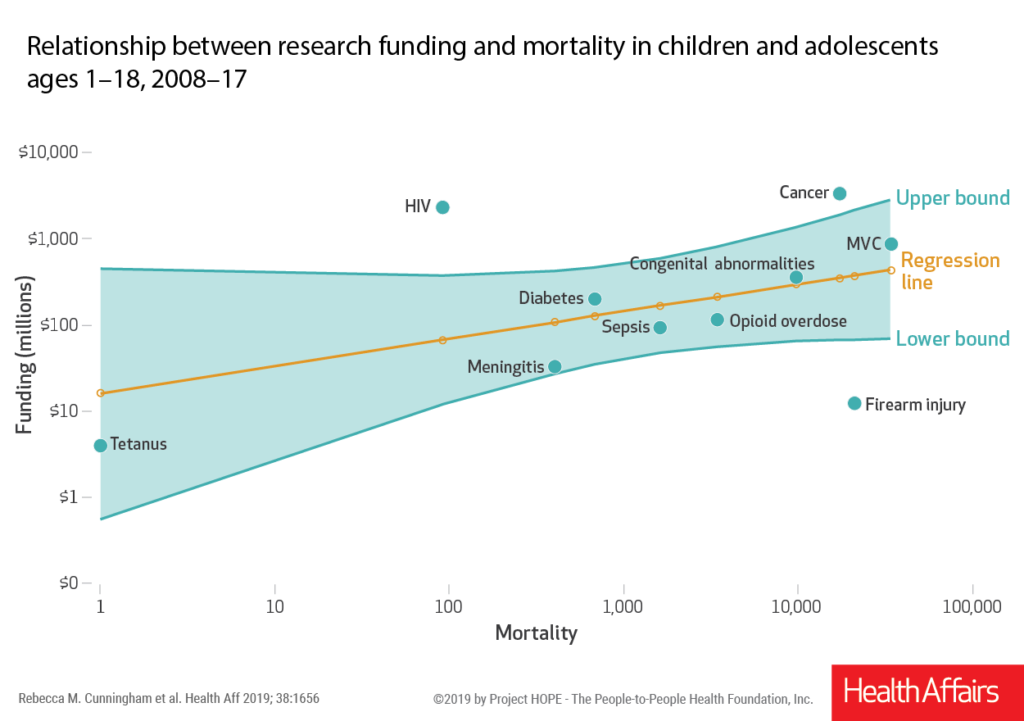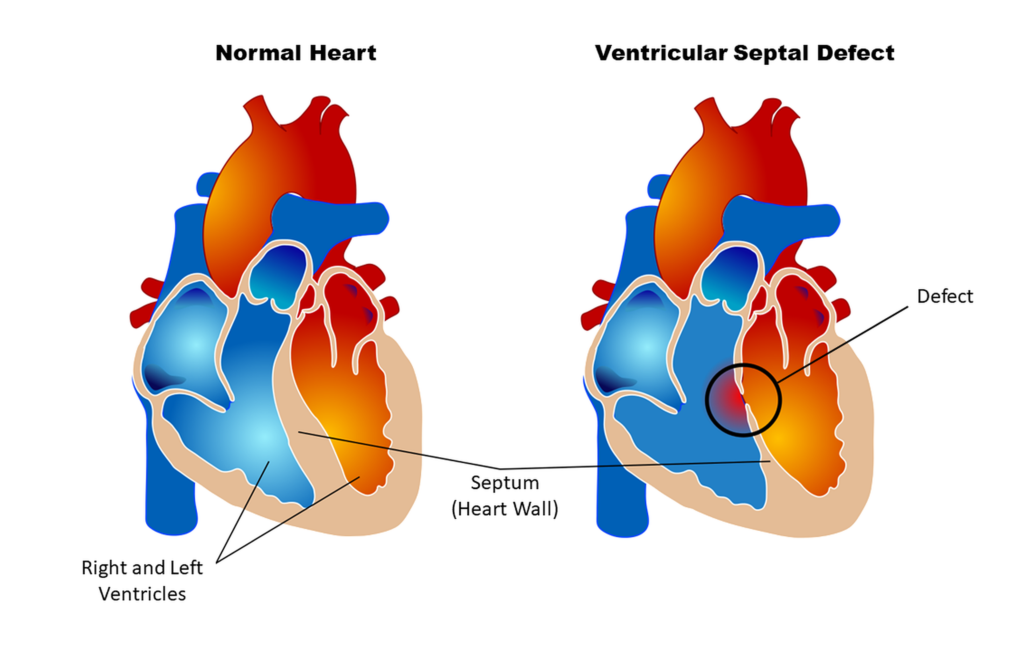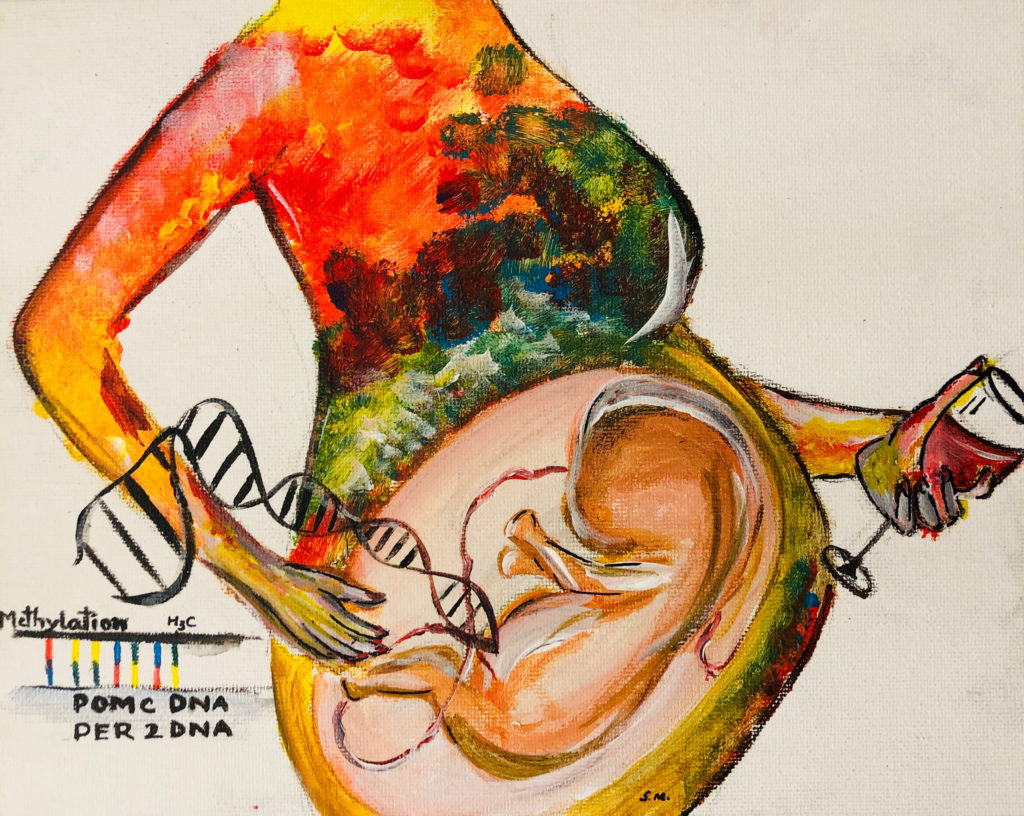The coronavirus pandemic is disrupting the daily routines of people across the globe, and the changes can be especially hard on children. With many schools temporarily closed in an effort to reduce the risk of community spread, kids may have…

news, journals and articles from all over the world.

The coronavirus pandemic is disrupting the daily routines of people across the globe, and the changes can be especially hard on children. With many schools temporarily closed in an effort to reduce the risk of community spread, kids may have…
Nutrition 2020 is your source for the latest news on food, nutrition and health. This flagship meeting of the American Society for Nutrition, to be held May 30–June 2 at the Washington State Convention Center in Seattle, will feature new research findings and panel discussions addressing hot topics in nutrition science, clinical practice and policy.
Rutgers scholar Dafna Lemish, author of Children and Media: A Global Perspective, is available to discuss how families should handle children’s screen time during school closures related to COVID19. “With schools closing and moving to remote learning amidst COVID-19, children…
• Study results call into question the utility of testing blood pressure load—the proportion of elevated blood pressure readings detected over 24 hours—for diagnosing hypertension in children.
Older children respond more strongly to rewarding experiences and less strongly to negative experiences later in the day, which may lead to poor decision-making at night, according to research from Binghamton University, State University of New York.
The Reward Positivity (∆RewP) event-related potential (ERP), generally quantified as the difference between neural responsiveness to monetary gains (RewP-Gain) and losses (RewP-Loss) is commonly used as an index of neural reward responsiveness. Despite the popularity of this ERP component in…

Racial and ethnic minority children and adolescents with cancer have a higher risk of death than non-Hispanic white children and adolescents, with evidence for larger disparities in survival for more treatable cancers, finds a new study from the Brown School at Washington University in St. Louis.“The results suggest that there are modifiable racial and ethnic disparities in childhood cancer survival,” said Kim Johnson, associate professor and senior author of “Associations Between Race/Ethnicity and US Childhood and Adolescent Cancer Survival by Treatment Amenability,” published Feb.
Rare diseases: More common than you think In Canada, 1 in 25 children is born with a rare disease. One-third of those children will not reach their 5th birthday. Collectively, rare diseases are a major contributor to childhood mortality and disease in Canada, accounting…
Feb. 28 is National Tooth Fairy Day. Elizabeth Tucker, disginguished service professor at Binghamton University, State University of New York, is an expert on children’s folklore and has some insight on the holiday’s origins and more. “The tooth fairy originated…
A world first review of the importance of nature play could transform children’s play spaces, supporting investment in city and urban parks, while also delivering important opportunities for children’s physical, social and emotional development.
• Survival after kidney transplantation during childhood has improved over the last 40 years in Australia.
• Survival rates improved primality due to decreases in deaths from cardiovascular disease and infection.
With stories about coronavirus plastering almost every news site, it can be more than a little daunting to sort through the information without freaking out. And if adults are worried, you can bet your kids probably are too.
A University at Albany team worked with colleagues around the globe on two separate studies to determine the effects that greenery has on our health – finding that the greener our surroundings, the better.

Sleep states are an active process that support reorganisation of brain circuitry, this is essential for children whose brains are developing and reorganising rapidly
When asked who should do more to address bullying, 83 percent of Chicago parents who considered it a big problem for youth responded “parents,” according to the latest survey results released by Ann & Robert H. Lurie Children’s Hospital of Chicago and the Chicago Department of Public Health (CDPH). Teachers and school administrators were next on the list, each selected by 45 percent of parents in response to the question.

A study led by Jennifer Hoffmann, MD, from Ann & Robert H. Lurie Children’s Hospital of Chicago, found that higher county-level poverty is associated with increased youth suicide rates among children 5-19 years old in the United States in 2007-2016. Children and adolescents from counties where 20 percent or more of the population lives below the federal poverty level were 37 percent more likely to die by suicide, compared to communities with the lowest poverty concentration. Youth suicide by firearms was 87 percent more likely in areas with the highest poverty levels. Findings were published in JAMA Pediatrics.
With less that a week to go until the start of a new school year, parents are preparing themselves for the inevitable back-to-school rush. But amid the dash for backpacks, books and last-minute haircuts, children’s sleep routines must also be high on the agenda if parents want to start kids off on the right foot.
Fully vaccinating children reduces the risk of hospitalization associated with influenza by 54%, according to a study by researchers at the University of Michigan, the Clalit Research Institute, and Ben-Gurion University in Israel.

Treating septic shock in children with a combination of intravenous vitamin C, vitamin B1 and hydrocortisone (a commonly used steroid) is associated with lower mortality, according to a study from Ann & Robert H. Lurie Children’s Hospital of Chicago. This is the first pediatric study of the safe and relatively inexpensive treatment for septic shock, and the preliminary data supports the promising outcomes seen in adults. Findings were published in the American Journal of Respiratory and Critical Care Medicine.
As the countdown to a new school year begins, many parents will soon find themselves facing the often-arduous task of filling the school lunchbox which, despite the best of intentions, often ends up containing more junk food than nutrition.
Cutting kids’ consumption of unhealthy food is the focus on a new study by the University of South Australia and Flinders University, where lead researcher and PhD candidate Brittany Johnson says there is clear connection between parents’ motivations, and their children’s intake of unhealthy foods.
A young boy with a rare genetic disease that typically kills within weeks of birth is now 3 years old and in remission thanks to a collaborative effort that included physicians at King Saud University Department of Pediatrics and immunologists at the Icahn School of Medicine at Mount Sinai.

In a UCLA-led study, children and adolescents with a high risk for developing bipolar disorder stayed healthier for longer periods when their family members participated in their psychotherapy sessions.

A team of NUS researchers have come up with the pH Watch, an ‘add-on’ to a wearable health monitoring gadget that can tell users about the condition of their health from their sweat pH.

Taking steps to help kids prevent common gaming injuries can reduce pain today and potentially reduce the risk of long-term damage.
• Among 1,018 children with newly diagnosed chronic kidney disease and 4,072 children with normal kidney function who were seen at primary care practices, 71% and 50%, respectively, received at least one medication that might be toxic to the kidneys over an average follow-up of 3.3 years.
• The rate of such prescriptions was 4-times higher in patients with kidney disease than in those without.
Children’s deaths from choking on small objects dropped by 75 percent from 1968 to 2017, according to a report published in JAMA. Various choking hazard regulations enacted during the past 50 years may have played a role in the large decline in choking deaths, although the study design cannot establish a direct causal link. However, despite warning label legislation and other regulations, 184 children in the U.S. died from choking in 2017.

Most faith-based and private schools and associated afterschool programs operate independently without dietary requirements. A pilot study is the first to examine foods served within faith community settings related to child health. Results showed that pizza and pasta made up 71 percent of the main dishes; cheese was the main source of dairy products; high fat desserts were served at 75 percent of the events; and sugar-sweetened beverages were served at 71 percent of the events.

A new study finds that children with Down syndrome are at an increased risk of an associated form of arthritis.

Results from a clinical trial funded by the National Eye Institute (NEI) show that while vision therapy can successfully treat convergence insufficiency (CI) in children, it fails to improve their reading test scores.

In a study using non-invasive tape strips in young children with eczema (or atopic dermatitis), researchers found many molecular signs of immune dysfunction and skin changes that relate to disease activity. These signs (or biomarkers) were present even before eczema was visible and can be used to track disease activity over time. With more research, these biomarkers also may help predict response to medicine and development of conditions associated with eczema, such as asthma, other allergies, infections and even attention deficit hyperactivity disorder (ADHD). Findings were published in JAMA Dermatology.
May also help predict therapeutic responses

Firearm injuries kill 2,500 American children each year. But the nation spends far less on studying what led to these injuries, and what might prevent and treat them, than it spends on other causes of death in children. In fact, on a per-death basis, funding for pediatric firearm research is 30 times lower than it would have to be to keep pace with research on other child health threats.

In a medical records study covering thousands of children, a U.S.-Canadian team led by researchers at Johns Hopkins Medicine concludes that while surgery to correct congenital heart disease (CHD) within 10 years after birth may restore young hearts to healthy function, it also may be associated with an increased risk of death and kidney failure within a few months or years after surgery.

As Australians head into the holiday season, the focus for many is on family, food, and more ominously, the inevitable weight gain that accompanies a burgeoning social calendar.

A new research study from Queen’s University Belfast has found that children from disadvantaged backgrounds spend less time reading and engaging in physical activity and exercise than their peers as they get older.

Mothers who drink moderate to high levels of alcohol during pregnancy may be changing their babies’ DNA, according to a Rutgers-led study.
A national team of experts has published the largest-ever examination of the state of research on all aspects of youth firearm injury – whether intentional, unintentional or self-inflicted. The bottom-line conclusion: Far more research, and better research, is needed on children, teens and the prevention and aftermath of firearm injuries and deaths.

Four in 10 parents live in a Chicago community area with limited grocery access, and they report more challenges to healthy eating for their children, such as time for sit-down family meals, cost of healthy foods, and convenience of fast food, according to results of a new survey released by Ann & Robert H. Lurie Children’s Hospital of Chicago and the Chicago Department of Public Health (CDPH).